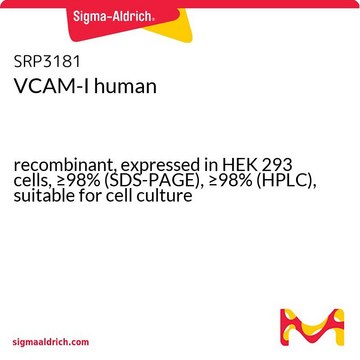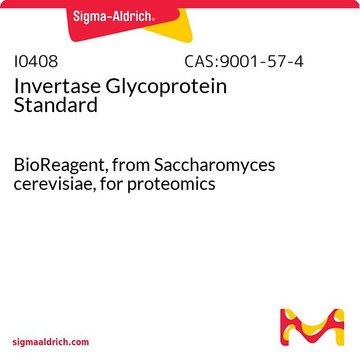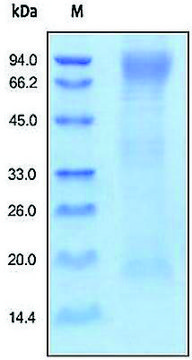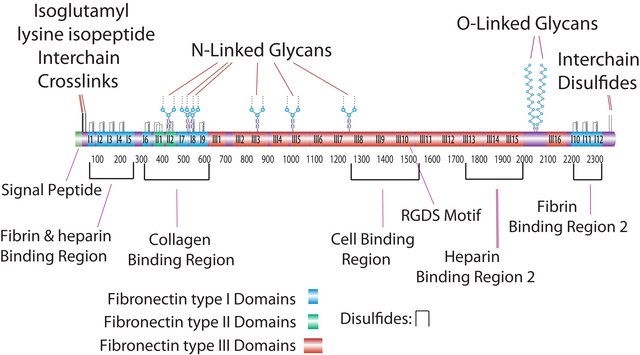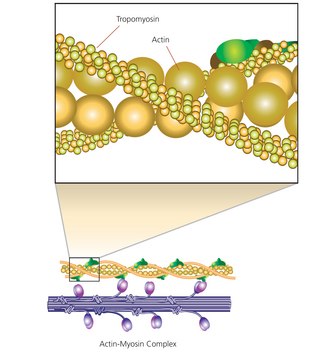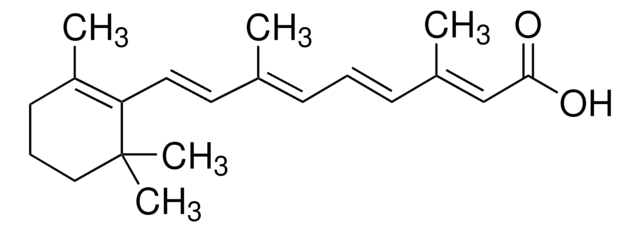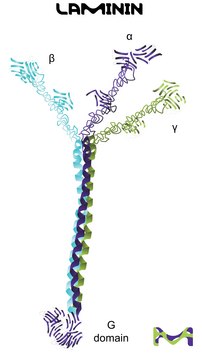推荐产品
生物来源
human
重组
expressed in CHO cells
方案
≥98% (SDS-PAGE)
表单
lyophilized
分子量
monomer 48 kDa by calculation
包装
pkg of 100 μg
储存条件
avoid repeated freeze/thaw cycles
杂质
<0.06 EU/μg endotoxin, tested
颜色
white
UniProt登记号
运输
wet ice
储存温度
−20°C
基因信息
human ... HAVCR2(84868)
一般描述
The TIM (T cell/transmembrane, immunoglobulin and mucin) family plays a critical role in regulating immune responses, including allergy, asthma, transplant tolerance, autoimmunity and the response to viral infections. The unique structure of TIM immunoglobulin variable region domains allows highly specific recognition of phosphatidylserine (PtdSer), exposed on the surface of apoptotic cells. Tim-3, a type I transmembrane protein, contains an immunoglobulin and a mucin-like domain in its extracellular portion and a tyrosine phosphorylation motif in its cytoplasmic portion. TIM-3 is preferentially expressed on Th1 and Tc1 cells, and generates an inhibitory signal resulting in apoptosis of Th1 and Tc1 cells. TIM-3 is also expressed on some dendritic cells and can mediate phagocytosis of apoptotic cells and cross-presentation of antigen. Tim-3 functions to inhibit aggressive Th1-mediated auto- and alloimmune responses. Tim-3 pathway blockade by administration of Tim-3:Fc fusion protein accelerates diabetes in nonobese diabetic mice, causes hyperproliferation of Th1 cells and Th1 cytokine release in an experimental autoimmune encephalomyelitis (EAE) model and prevents acquisition of transplantation tolerance induced by costimulation blockade.
外形
Lyophilized from 0.2 μm-filtered solution in PBS.
重悬
Reconstitute at 100 μg/mL in sterile PBS.
其他说明
The extracellular domain of human Tim-3 (aa 22-200) is fused to the N-terminus of the Fc region of human IgG1.
储存分类代码
10 - Combustible liquids
WGK
WGK 2
闪点(°F)
Not applicable
闪点(°C)
Not applicable
法规信息
新产品
我们的科学家团队拥有各种研究领域经验,包括生命科学、材料科学、化学合成、色谱、分析及许多其他领域.
联系技术服务部门